In recent years, commercial stock photography has become more competitive than ever; with artists from around the world Licensing their work to brands small and large, today’s marketers and designers have millions of images available with the click of a button. At the same time, stock distributors and agencies have raised the bar and developed stricter standards and guidelines for their submissions, with only the best images accepted and sold.
In 2021, even as trends come and go, image buyers will continue to seek out top-quality visuals, with a focus on highly curated content. For that reason, similar content is one of the top reasons for image rejection from commercial photography agencies and distributors across the globe. While images can be declined from Licensing for more obvious reasons, like technical issues or missing model releases, many photographers overlook similar content, resulting in more declined photos than necessary.
Luckily, this issue is an easy one to solve.
It begins on-set with your shot list—be sure to include a variety of poses, scenarios, outfit changes, model combinations, props, and concepts to maximize the potential of your shoot. Provide direction, but keep the atmosphere on-set casual and relaxed. Once you’ve finished your shot list, continue shooting and improvising; look for candid gestures rather than rigid poses. You’ll often get the best, most natural moments once your models are comfortable and the camera has faded into the background, so keep an open mind.
Another way to avoid similar shots is to bring multiple lenses and experiment with vantage points and compositions. Even on a simple shoot with one model, you can mix things up by grabbing close-up detail shots, and wide shots that show the background. Zoom in on the model’s hands and then step back to incorporate the larger scene. Different focal lengths and angles can change the context of your shots. Grab some vertical and horizontal shots; get creative. If your model has ideas or feedback, incorporate them. A diverse and varied set of images will help make the curation process easier down the road.
The next step boils down to culling and curating your images on the computer. Reviewers have to sift through hundreds of thousands of image submissions; if you upload too many similar shots, they will choose a handful of images for you and decline the rest before they can be sold. But by being objective and critical from the start, you, as the photographer, can take control and ensure your best photos are selected. Here’s where it helps to think like an editor.
The first stage of image culling is quality control; any photos that are blurry, out-of-focus, or noisy can be discarded off the bat. Next, you’ll look for commercial viability. This part can be somewhat subjective, but it helps to ask yourself whether or not you could see your photo in an advertisement in a magazine, blog, product packaging, brochure, or billboard. If you can’t imagine a marketer using your image in several of these contexts, it probably won’t sell, so you can leave it out.
Once you’ve scanned for quality and commercial appeal, it’s time to narrow your selects further by getting rid of “similars” and duplicates. For this part, many commercial stock photographers rely on the “thumbnail test”—on a contact sheet, minute changes in expression, eye line, or hand position become less noticeable, and it’s easier to spot similarities in composition. If you can’t immediately and clearly identify the difference between two thumbnails, the photos are too similar. It helps to have an image management tool like Lightroom when you’re processing large quantities of images for Licensing.
From there, study your similar images at full size to determine the one or two strongest. Maybe one illustrates the mood and concept of the shoot better than the others. Similarly, you might keep one over another because it has more copy space and is more croppable, meaning that it’s more adaptable and customizable for the end-user; perhaps one photo jumps out among the bunch because it captures an authentic emotion or expression, immediately drawing the eye. You don’t have to overthink it, either; usually, the strongest image will jump off the screen.
These are the kinds of things reviewers will look for when editing your selects, so it should be part of your creative process as well. Instead of uploading all your images, choose the one you think has the potential to sell the best. For this, you can compare your images to photos you see in your favorite brands’ ad campaigns, among the top-sellers on Getty Images, or in the ‘New in Licensing’ Galleries curated by 500px each month. Finally, you can always ask for objective feedback from peers you trust; they might be able to notice strengths and weaknesses you’ve missed.
While some commercial photographers prioritize quantity—thinking that more photos will mean more sales—the most successful put quality first, making sure that every shoot has range and variety. Too many similar photos dilute your portfolio, making it harder for your best photos to stand out to buyers. Understandably, sifting through pages of nearly-identical photos can also be frustrating for buyers.
The 500px Content Team tells us, “A commercial portfolio with 100 strong photos stands out and reflects better upon the photographer than a portfolio with 1,000 repetitive photos.” Plus, with many brands looking for unique and exclusive content, image buyers are wary of using images that are similar to others that could easily be bought and downloaded by a competitor.
Finally, being proactive and curating your Licensing portfolio won’t just strengthen your portfolio and save you the disappointment of image rejection; it’ll also save you time. Instead of keywording and retouching hundreds of images from a single shoot, you’ll only have a select few—say, 25 to 50—on your plate during post-production. Curating your portfolio will also deepen your understanding of what makes a great commercial image; stay critical of your work, keep shooting, and incorporate any lessons you’ve learned into your next shoot.
Not on 500px yet? Click here to learn about Licensing with 500px.

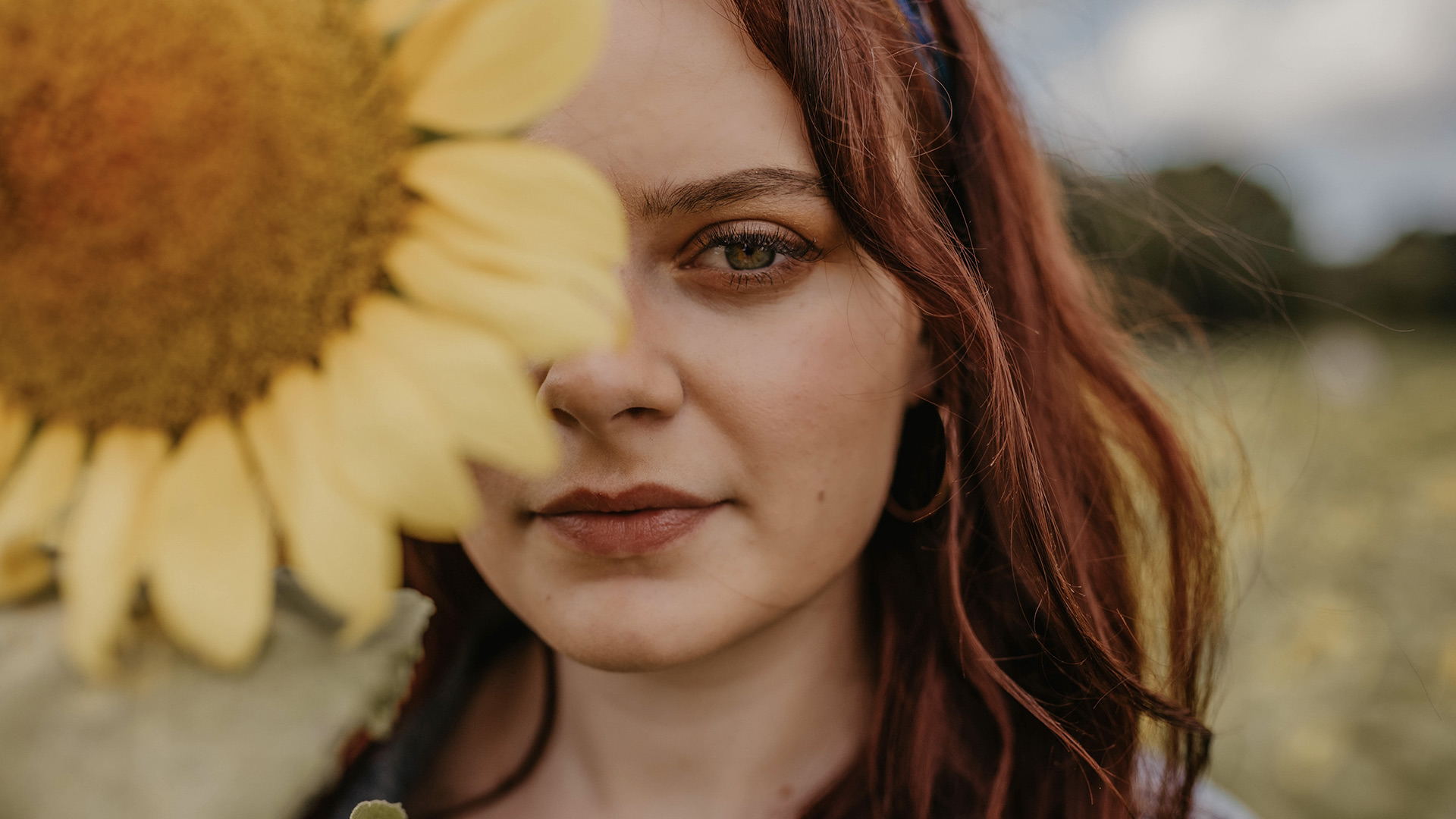
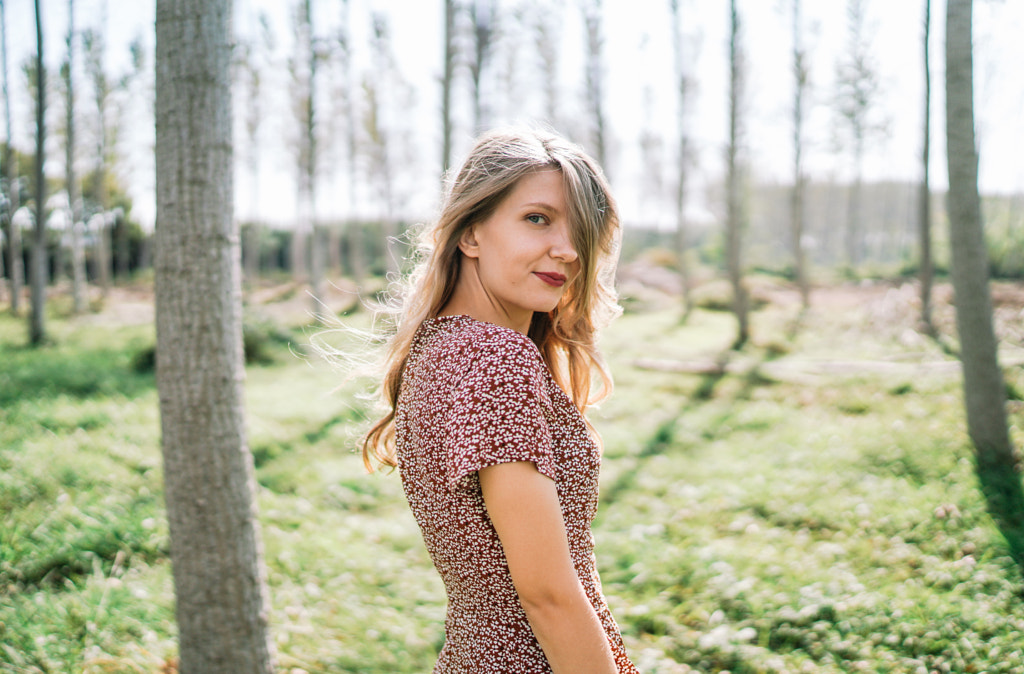

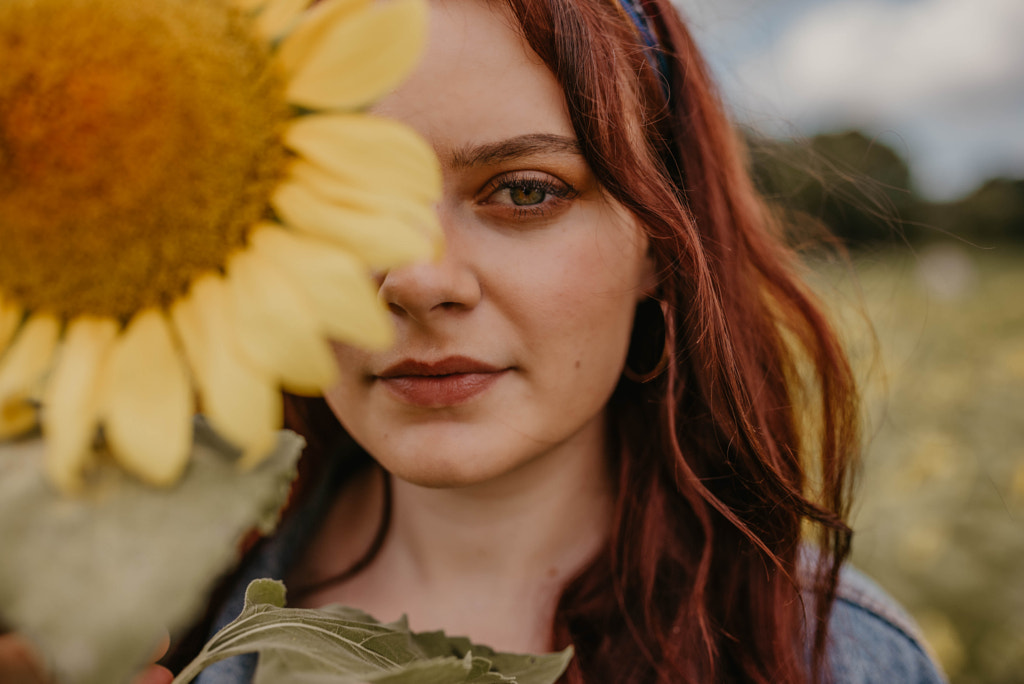

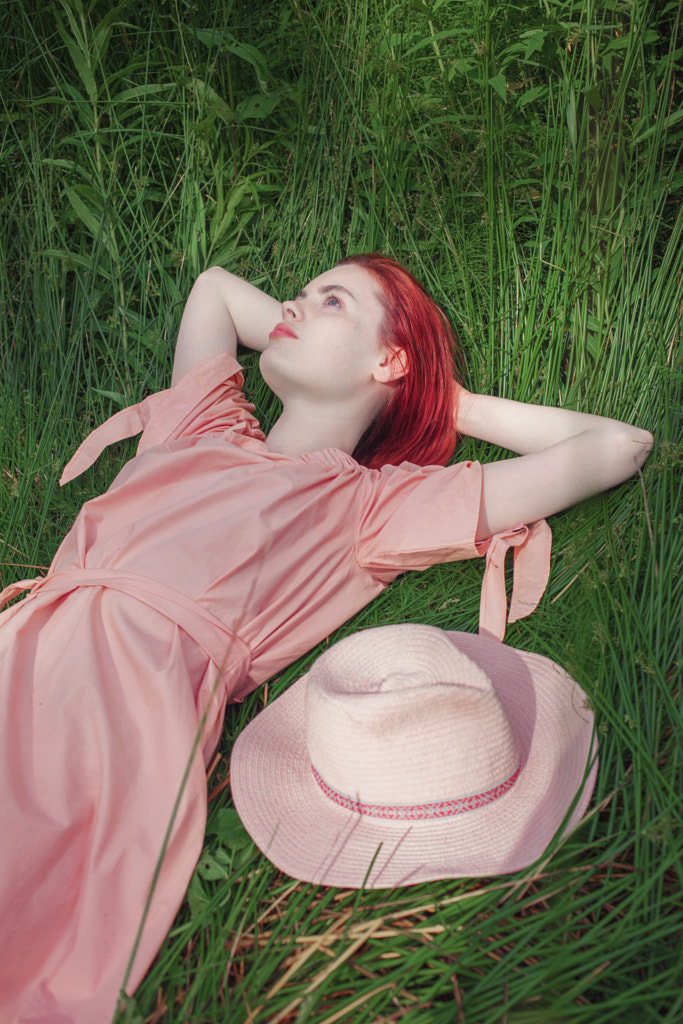

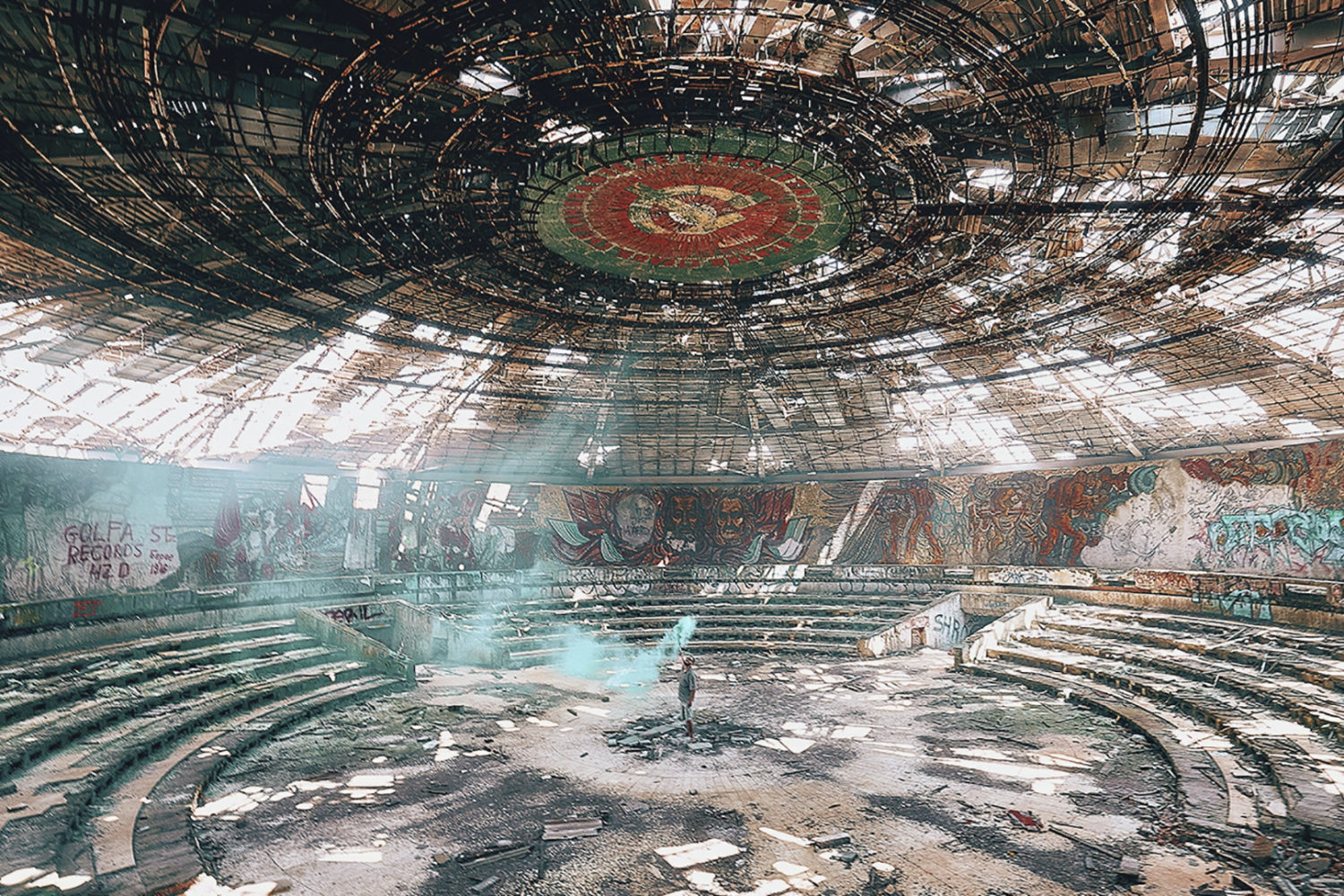



Leave a reply